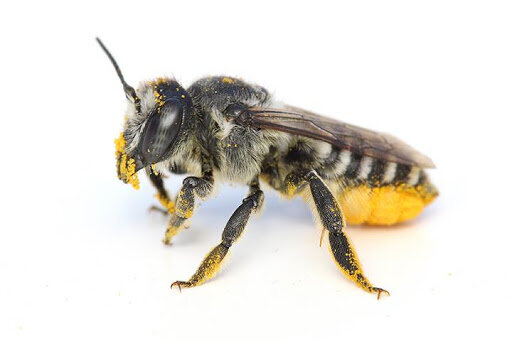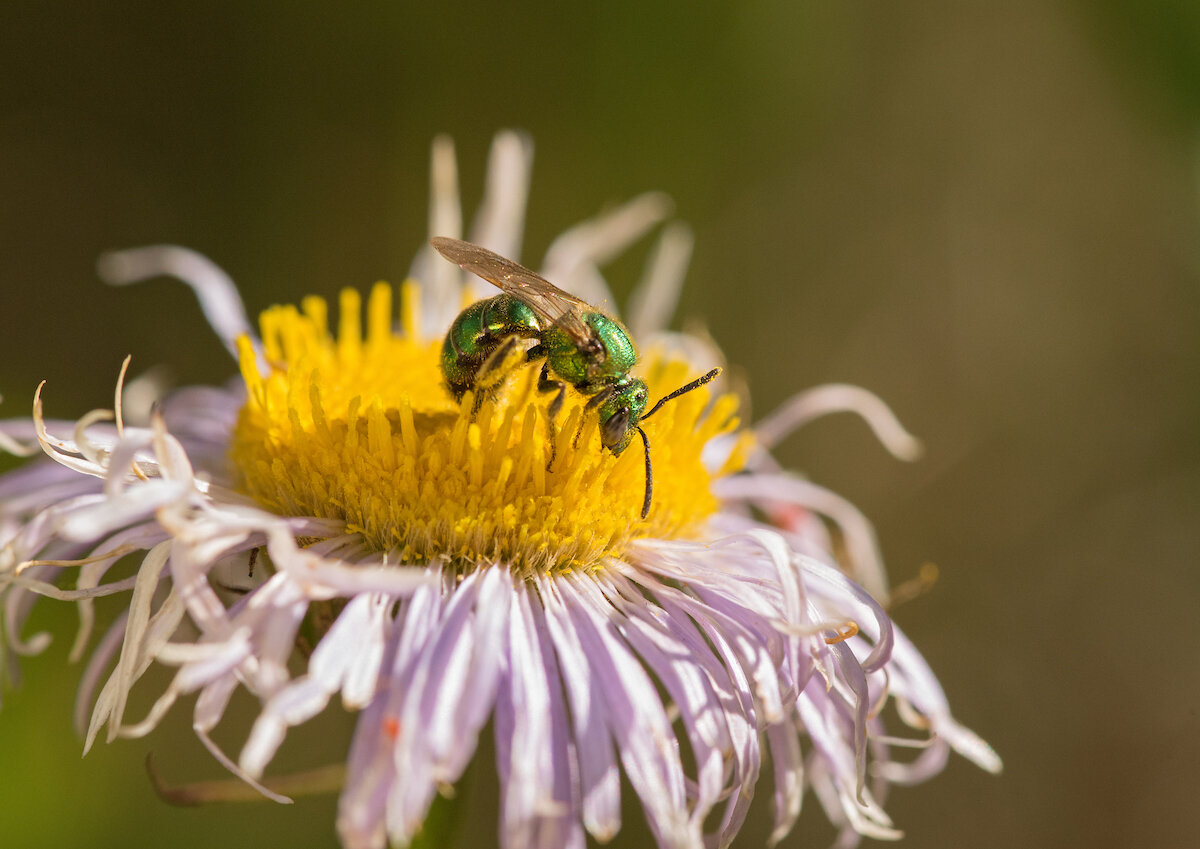What you need to know about Bees
Hundreds of North American native bee species are sliding towards extinction
The widespread decline of European honey bees has been well documented in recent years. But until now much less has been revealed about the 4,337 native bee species in North America and Hawaii. These mostly solitary ground-nesting bees play a crucial ecological role by pollinating wild plants and provide more than $3 billion in fruit-pollination services each year in the United States.
— Center for Biological Diversity, March 2017
Pollinators in Peril: A systematic status review of North American and Hawaiian native bees
Of the native species studied by the Center for Biological Diversity (1,437), more than half (749) are declining.
According to the 2017 report, of the native species studied nearly 1 in 4 (347 native bee species) is imperiled and at risk of extinction.
Learn About Bees
Knowing about bees is important to helping them thrive.
Americans appear to be very aware of the decline of honey bees. One reported response has been an increase in urban and suburban beekeeping in the last decade.
Less known is that hundreds of North America’s 4,000+ native bee species, including many American bumble bees, are moving towards extinction.
Bees that live communally, including honey bees and some bumble bees, represent only 10% of bee species. In communal species, the queen bee lays all the eggs.
Ninety percent of bee species are solitary. Of those, 70 percent live underground, 30 percent above ground. Each solitary female bee lays eggs. She builds her own nest, stocks it with food for her offspring, lays her egg, and seals it safely in with the provisions to emerge as a full-grown bee the next season.
Native bee species are central to their regional ecosystems and often particular species are tied to specific native plants that depend on the bees for their reproduction. In addition, native bees provide more than $3 billion in fruit-pollination services each year in the United States.






















